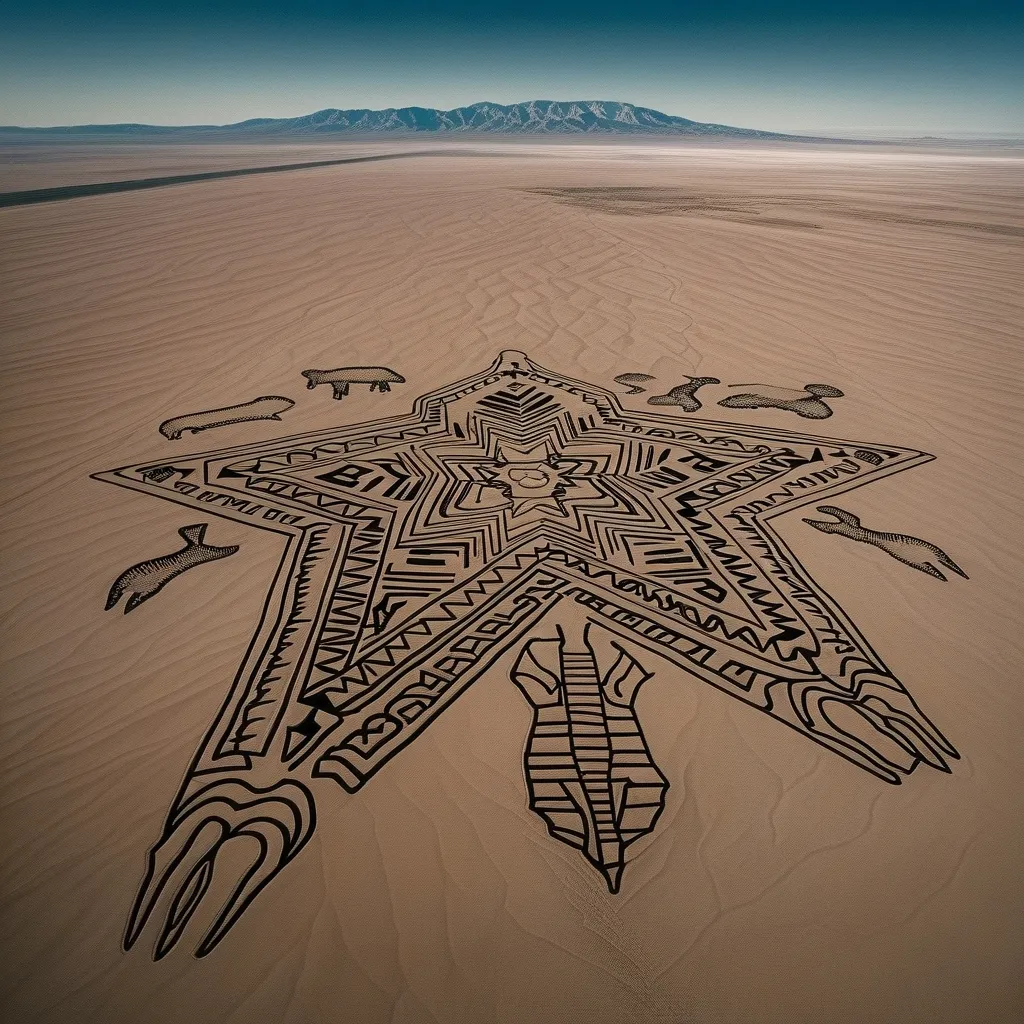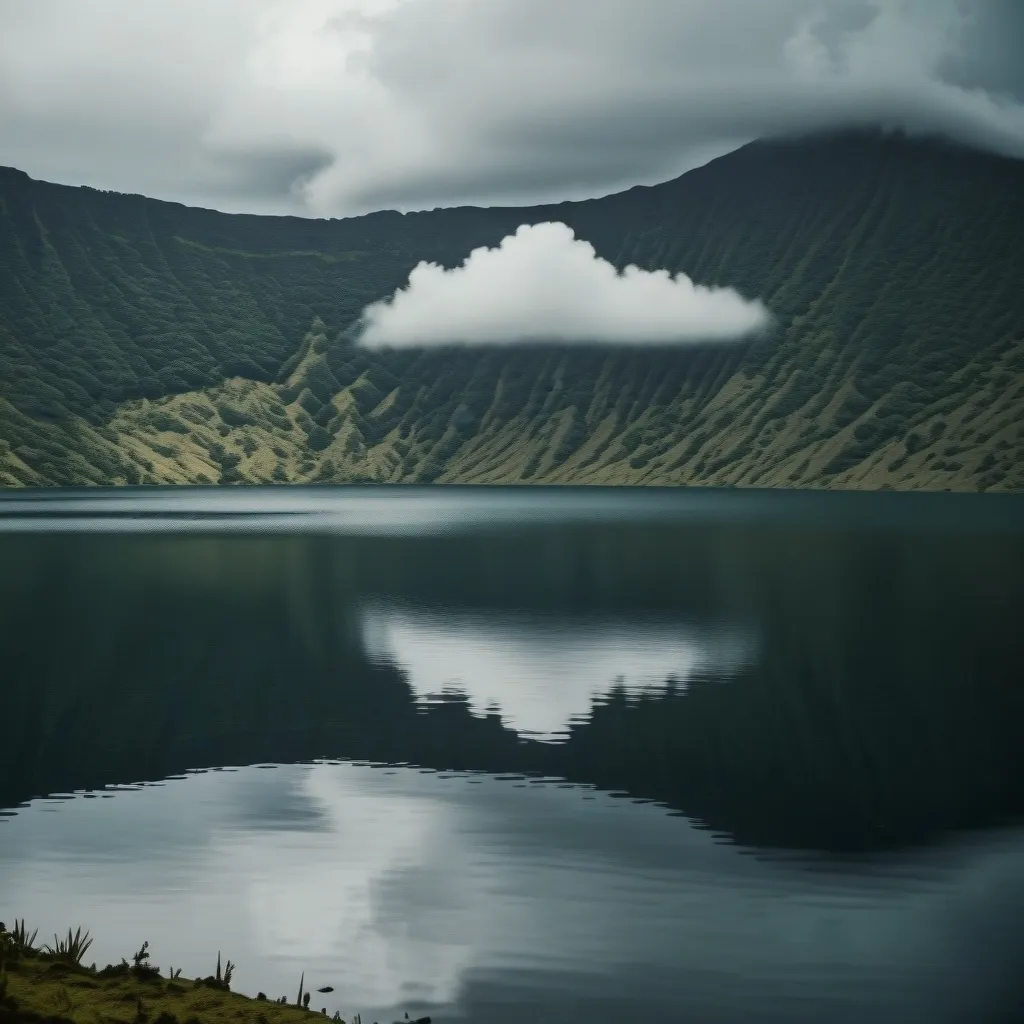The Nazca Lines: Ancient Artistry in the Peruvian Desert
Picture this: you’re flying over the arid Peruvian desert, and suddenly, you spot massive drawings etched into the earth below. No, you’re not hallucinating. You’ve just stumbled upon one of the world’s most mysterious archaeological wonders – the Nazca Lines.
These giant geoglyphs have been puzzling experts and tourists alike for decades. Who made them? Why? And how on earth did they manage to create such intricate designs without a bird’s eye view?
Let’s dive into the fascinating world of the Nazca Lines and uncover some of the theories behind these ancient masterpieces.
First things first, who were the artists behind these colossal doodles? Well, we can thank the Nazca culture for this mind-boggling artwork. These folks were an ancient civilization that thrived in southern Peru from around 200 BC to 500 AD. They weren’t just talented at creating massive earth art; they were also pretty savvy when it came to engineering. They figured out how to bring underground water to the surface for irrigation, which was a big deal in the desert.
Now, you might be wondering how they managed to create these enormous designs without the help of drones or helicopters. The process was actually pretty clever. They removed the darker topsoil to reveal the lighter-colored earth underneath, creating a contrast that makes the designs visible from above. It’s like scratching a giant Etch A Sketch, but way cooler and more permanent.
The designs themselves are a real mix. You’ve got your geometric shapes like triangles and spirals, but then you’ve also got some seriously impressive animal figures. We’re talking a hummingbird, a monkey, a condor, and even a spider. Some of these animal drawings are over 300 meters long – that’s longer than three football fields! And get this: there are around 70 animal and plant designs, plus over 800 straight lines and 300 geometric shapes. Talk about a diverse portfolio!
But here’s the million-dollar question: why did they make these enormous doodles? Well, buckle up, because we’re about to dive into some wild theories.
One of the most popular ideas is that the lines were part of ancient rituals to ask the gods for rain. Makes sense, right? When you’re living in one of the driest places on Earth (we’re talking about 20 minutes of rain per year), you’d probably do anything to get some water. Some researchers think the Nazca people would walk along these lines as part of sacred ceremonies, kind of like a giant prayer labyrinth.
Then there’s the cosmic connection theory. A German researcher named Maria Reiche spent her whole life studying these lines, and she thought they might be a giant solar calendar. According to her, the sun’s position relative to the designs could help predict things like solstices and eclipses. Pretty nifty if you ask me.
Another theory focuses on water, which was basically liquid gold in the desert. Some experts noticed that the lines often converge at spots where surface water enters river valleys or at high points between streams. They think these might have been ideal spots for rituals to thank the gods for providing water.
Now, hold onto your hats, because we’re about to get weird. There’s a fringe theory that suggests the Nazca Lines were created as landing strips for aliens. Yep, you read that right. Some folks believe that extraterrestrial beings visited the Nazca people, shared some advanced knowledge, and then flew back to their home planet. According to this theory, the Nazca culture built these giant images as a “Hey, come back!” message to their space buddies.
While the alien theory might make for great TV (I’m looking at you, History Channel), most archaeologists aren’t buying it. It’s a fun idea, but there’s no solid evidence to back it up.
The Nazca Lines were first studied in detail back in 1927 by a Peruvian archaeologist named Toribio Mejía Xesspe. But it wasn’t until people started flying over the area in the 1930s that we really got to see how mind-blowingly complex these designs are. And get this – we’re still finding new geoglyphs today, thanks to modern tech like drones.
One of the coolest things about the Nazca Lines is how well they’ve survived over the centuries. The super-dry climate has helped preserve them for over 2,000 years. But that doesn’t mean they’re invincible. In 2009, they suffered their first recorded instance of rain damage. And in 2018, some truck driver thought it would be a good idea to drive over a portion of the lines. Spoiler alert: it wasn’t.
So, what can we take away from all this? Well, for one, our ancestors were way more clever and creative than we sometimes give them credit for. Without modern technology, they managed to create massive, intricate designs that have lasted for millennia. That’s pretty impressive.
Secondly, the Nazca Lines remind us that there’s still so much mystery in the world. Even with all our advanced science and technology, we still can’t say for sure why these ancient people spent generations creating these enormous geoglyphs. And you know what? That’s kind of awesome. It keeps us curious, keeps us wondering, and keeps us exploring.
Lastly, the Nazca Lines show us the power of human imagination. Whether they were created for religious rituals, astronomical observations, or as part of some larger cultural story, they represent an incredible feat of creativity and engineering. They’re a testament to what humans can achieve when they put their minds to it.
So next time you’re feeling down about the state of the world, remember the Nazca Lines. Remember that humans are capable of creating awe-inspiring works of art that can last for thousands of years. Remember that there are still mysteries out there waiting to be solved. And who knows? Maybe someday we’ll crack the code of the Nazca Lines. Until then, we can keep wondering, theorizing, and marveling at these incredible ancient doodles in the desert.





